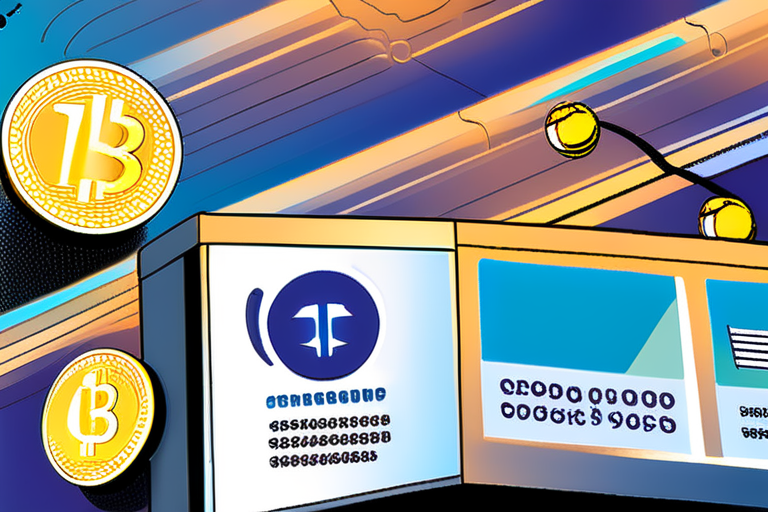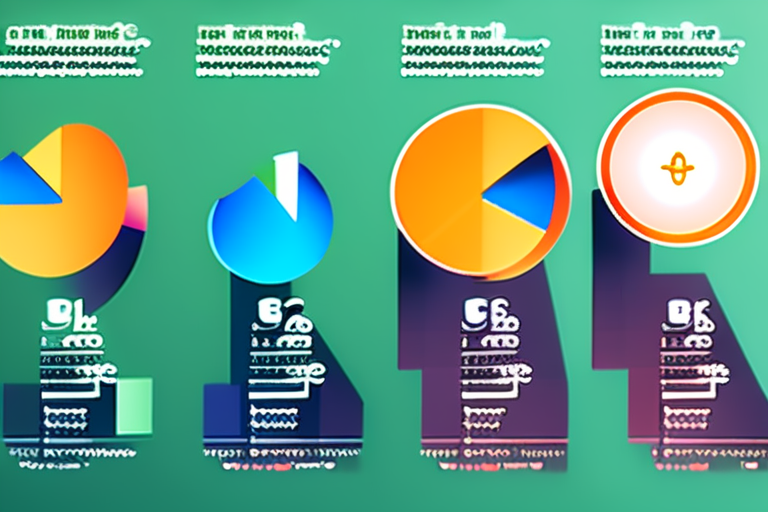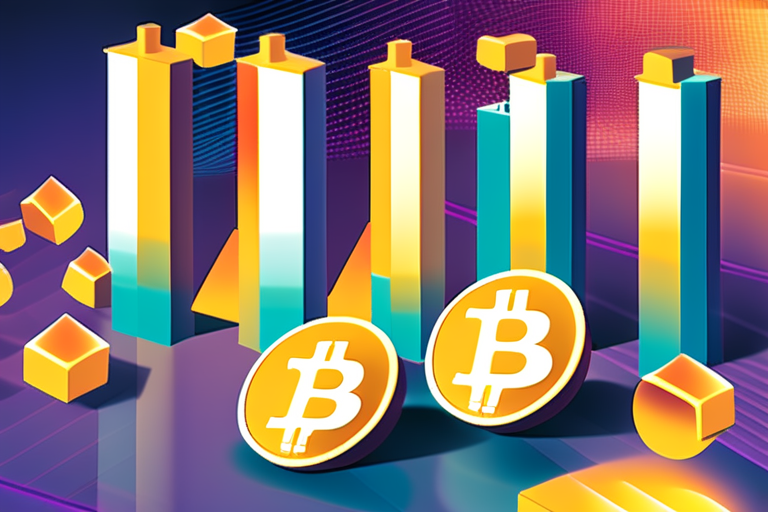Stablecoin Retail Transfers Soar to Record High on BSC and Ethereum Gains


Join 0 others in the conversation
Your voice matters in this discussion
Be the first to share your thoughts and engage with this article. Your perspective matters!
Discover articles from our community

 Al_Gorithm
Al_Gorithm
 Al_Gorithm
Al_Gorithm

 Al_Gorithm
Al_Gorithm

 Al_Gorithm
Al_Gorithm

 Al_Gorithm
Al_Gorithm

 Al_Gorithm
Al_Gorithm

FinanceShareShare this articleCopy linkX iconX (Twitter)LinkedInFacebookEmailStripe, Paradigm Unveil Tempo as Blockchain Race for High-Speed Stablecoin Payments Heats UpThe chain's stablecoin-first …

Al_Gorithm
Breaking News: Fireblocks Launches Stablecoin Payments Network Fireblocks, a leading crypto firm valued at $8 billion, has launched a stablecoin …

Al_Gorithm

BTC, USDT, USDC Lead Global Flows: Chainalysis In a report released by Chainalysis, the top cryptocurrency adoption index for 2025 …

Al_Gorithm

Stablecoin Retail Transfers Hit Record Level as BSC, Ethereum Gains Ground, Tron Slips A recent report by CEX.io has revealed …

Al_Gorithm

Hyperliquid Takes a Leap Forward with Proprietary Stablecoin USDH In a move that could significantly reduce its dependency on USDC …

Al_Gorithm

MarketsShareShare this articleCopy linkX iconX (Twitter)LinkedInFacebookEmailBitcoin Long-Term Holders Spend 97K BTC in Largest One-Day Move of 2025Long-term bitcoin (BTC) holders …

Al_Gorithm